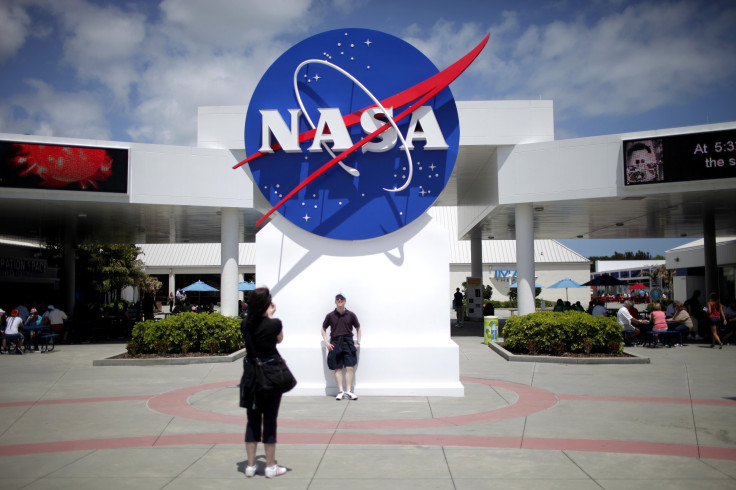What Will NASA Do In 2017? Will Space Agency Go To Mars? SpaceX, Cold Atom Lab To Launch This Year Under Trump

With a new year and a new president on the way, NASA is scheduled to have a big year ahead of it in 2017 with the potential for a major shift in the program’s operations that could see an increased partnership with billionaires and private space programs. Those private partnerships were expected to play a big role for the space agency as it moves forward with some of its most audacious goals, including sending a manned flight to Mars by 2030.
President-elect Donald Trump has indicated an appreciation for spaceflight and exploration, a sign that has given hope to space enthusiasts. While Trump has expressed an interest in moving NASA away from endeavors like researching Earth’s climate, his administration could change the history of American spaceflight and the way it does business in the new year.
Here’s what may happen in 2017.
The End Of The Cassini Space Probe Era: The Cassini probe has been on the move in space for 20 years but was scheduled to finish its missions to explore Saturn and its moons this year. The probe was expected to send data back to NASA from nearly 1,000 miles above Saturn’s clouds before crashing into the planet’s atmosphere Sept. 15.
A Push To End Reliance On Russian Rockets For American Astronauts: NASA has been buying seats on Russian rockets since it ended its Space Shuttle Program in 2011 but the administration has been moving toward ending that partnership. Through coordination with private companies like SpaceX and Blue Origin, NASA could cut the cost of a seat to the International Space Station from the $81 million paid out to the Russians down to roughly $58 million per seat with those private companies.
Resumed SpaceX Missions: SpaceX hit a roadblock in September when a Falcon 9 rocket exploded during testing before a launch to bring a satellite into space. With ongoing investigations, the company has been grounded since then but planned on resuming launches Jan. 8.
Launch Of The Cold Atom Laboratory: NASA planned on sending this lab to the International Space Station in April 2017. The lab would allow researchers to make use of microgravity conditions to study quantum phenomena that are undetectable on Earth.
Launch Of The Gravity Recovery and Climate Experiment Follow-on: This orbiter, a collaboration between NASA and the German Research Center for Geosciences, would allow researchers to map out the variations in Earth’s gravitational pull every 30 days. Its exact date of launch is to be determined in 2017.
The Start Of A Space-Based Internet: Building an internet service based out of space has been on the minds and tongues of entrepreneurs for a while but at least one company appeared poised to make big advancements in the process this year. The company, OneWeb, received over $1 billion in financing to start the project as 2017 begins its run.
© Copyright IBTimes 2025. All rights reserved.






















